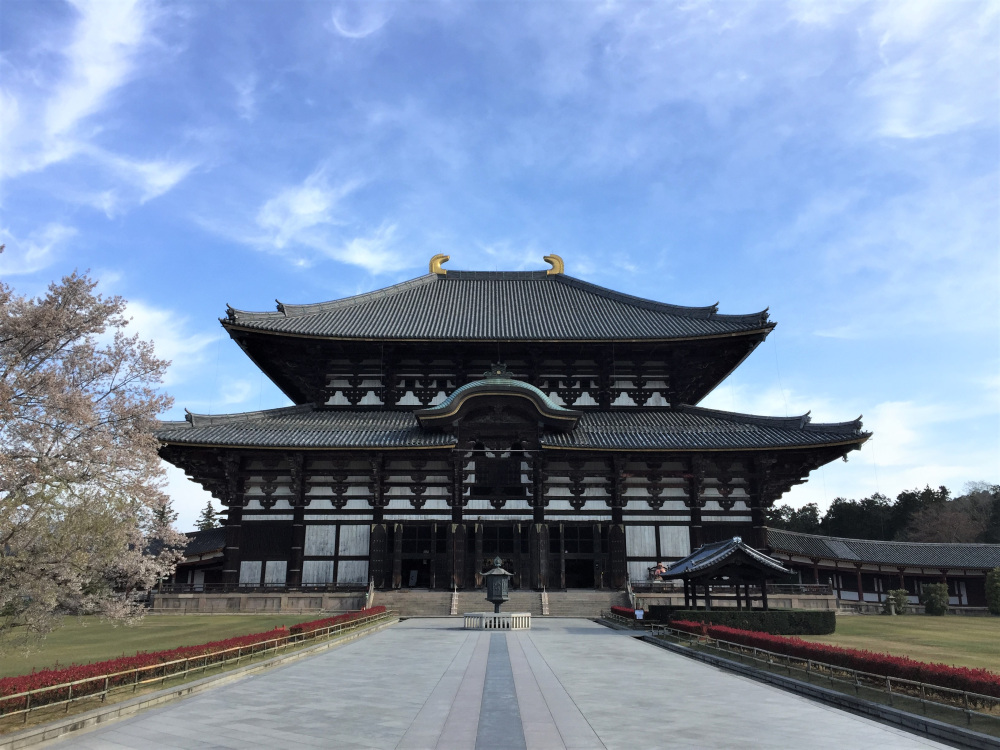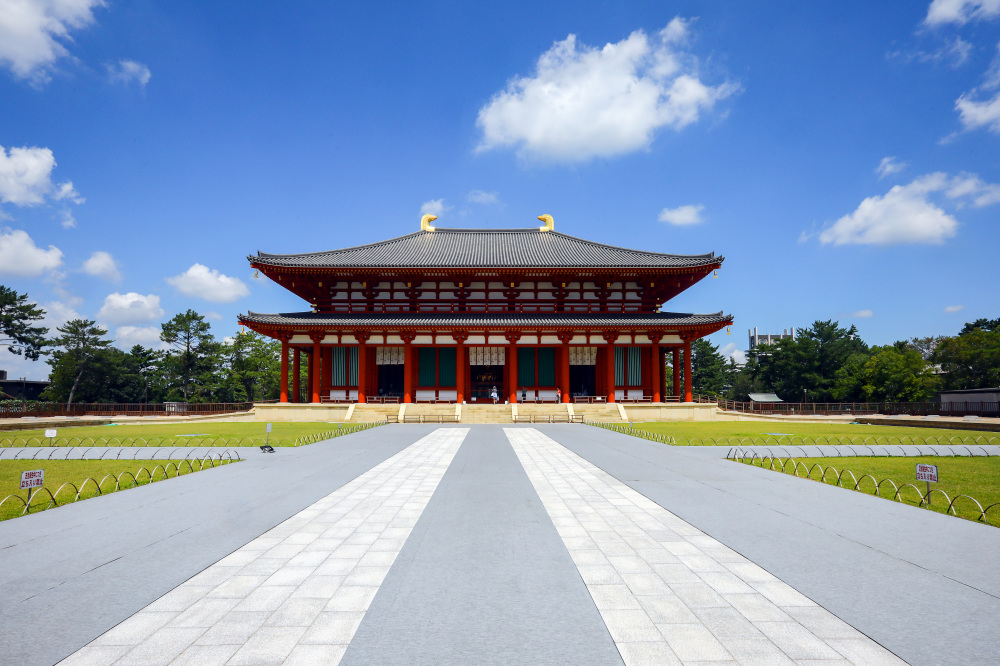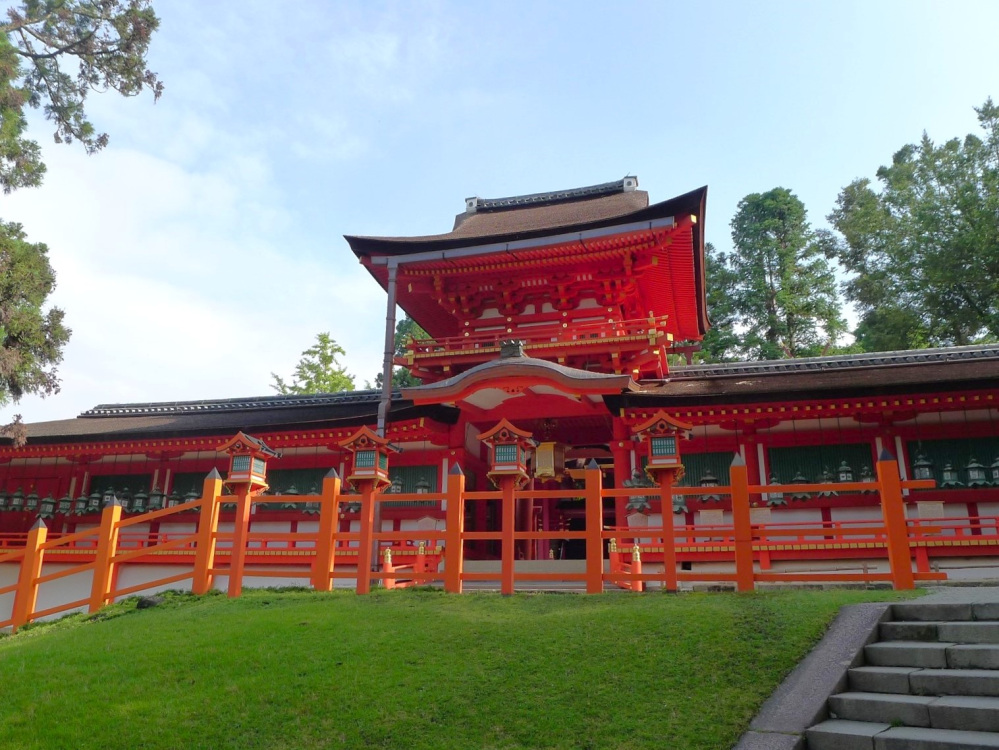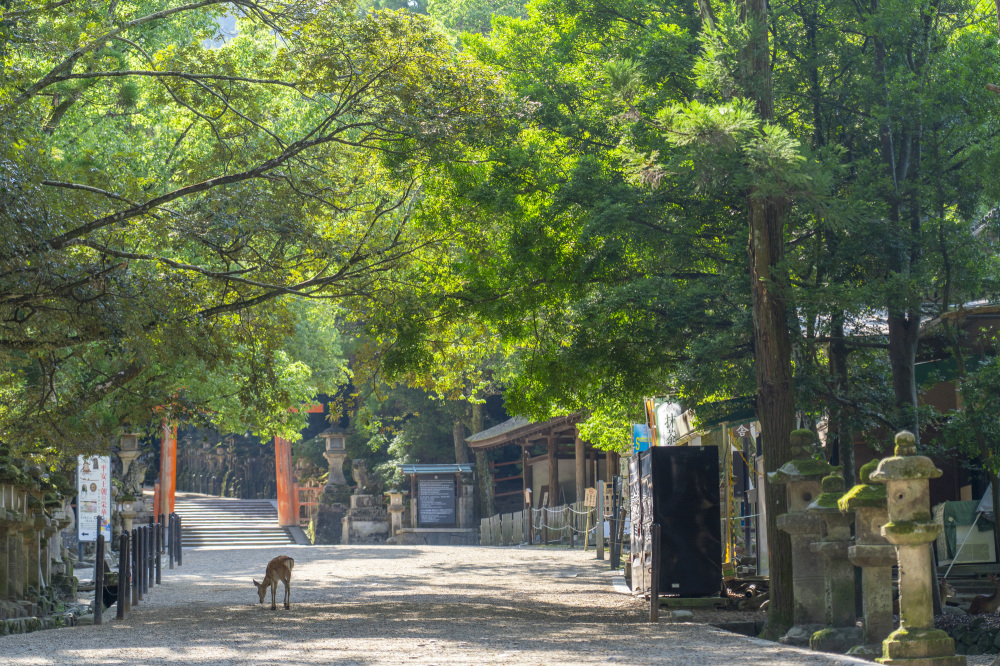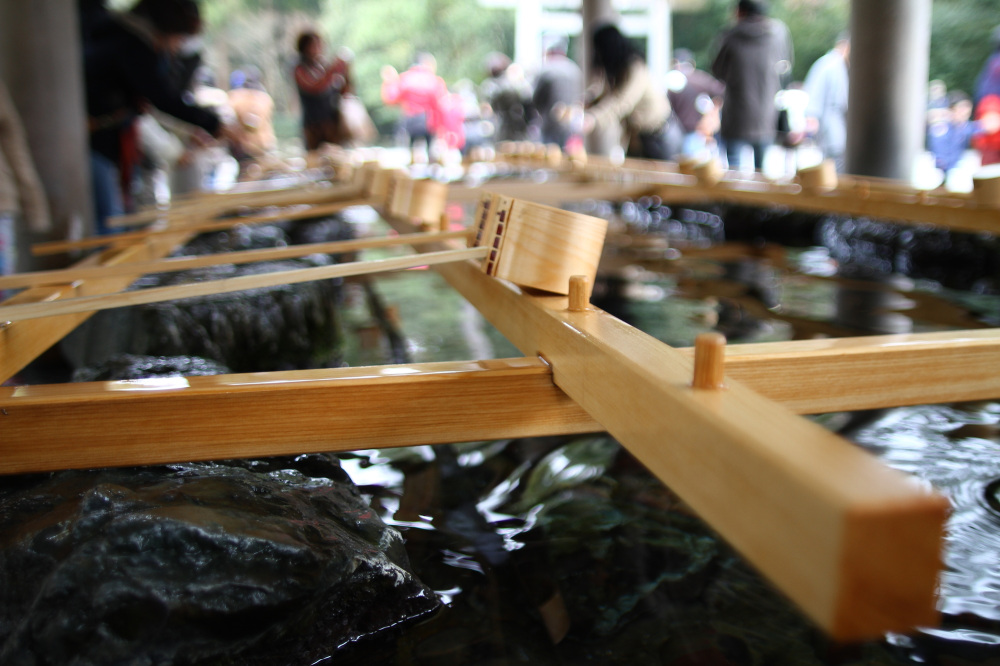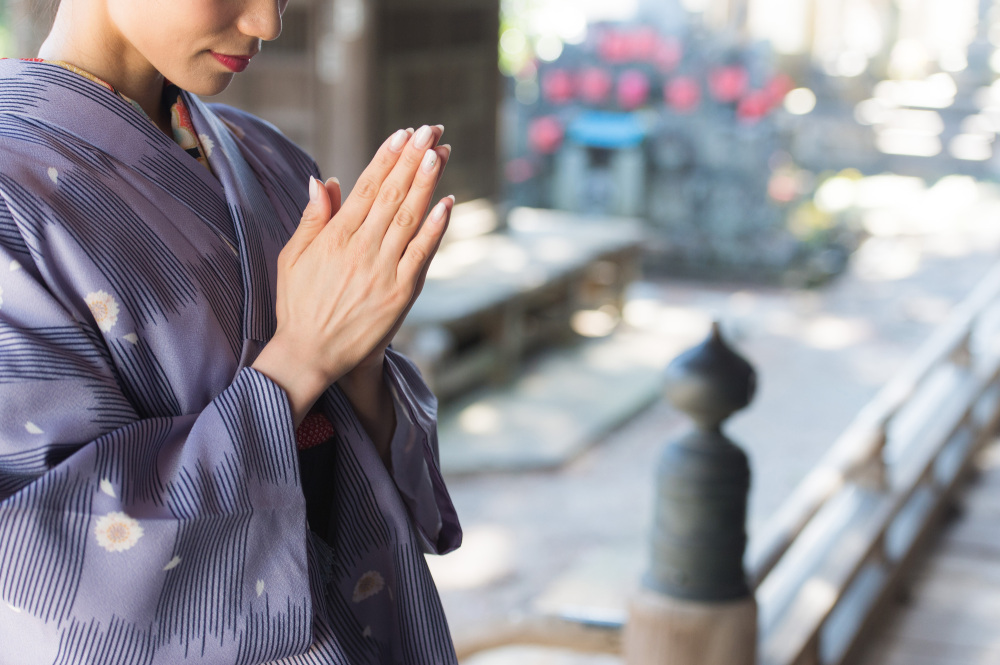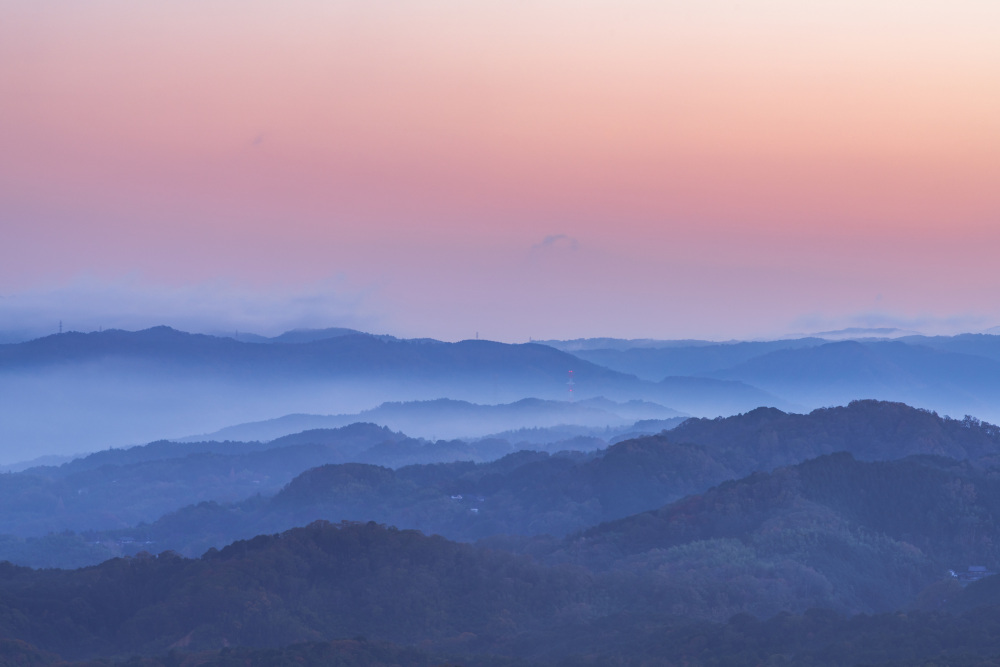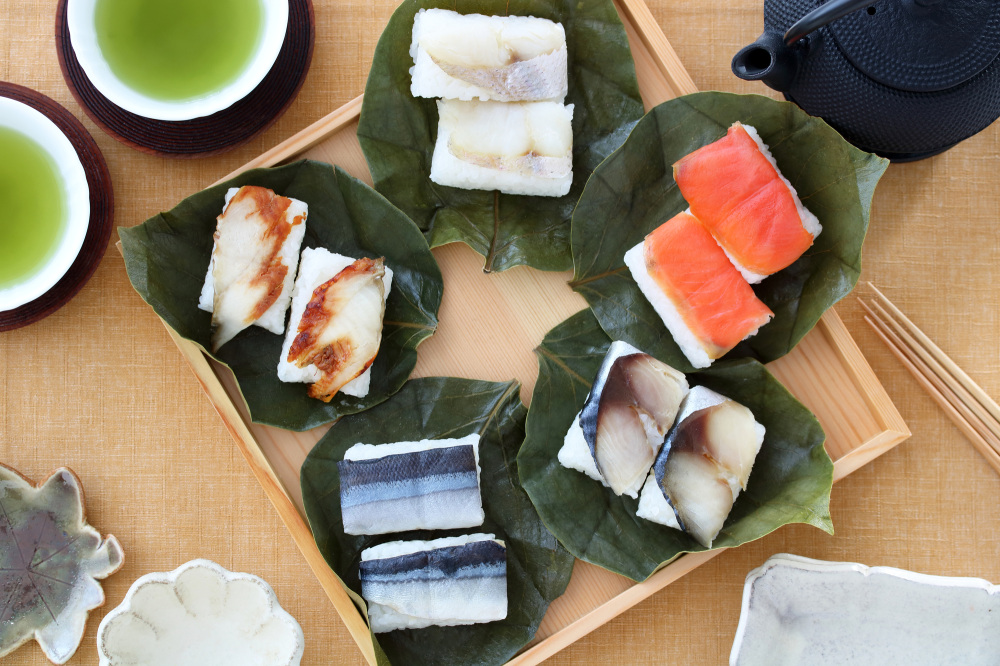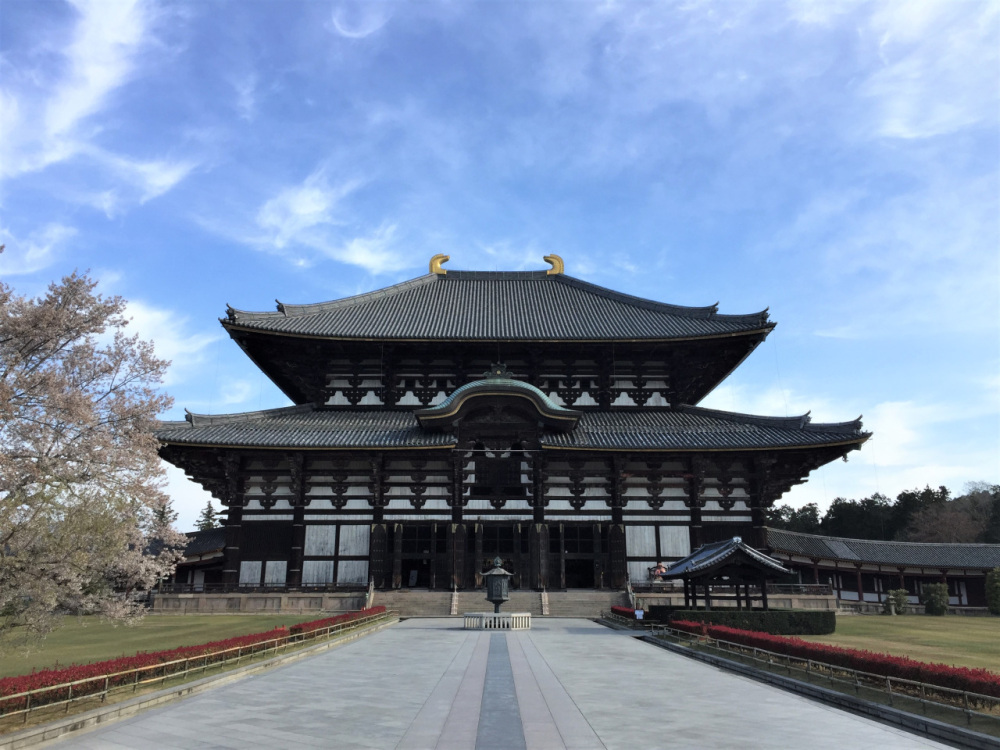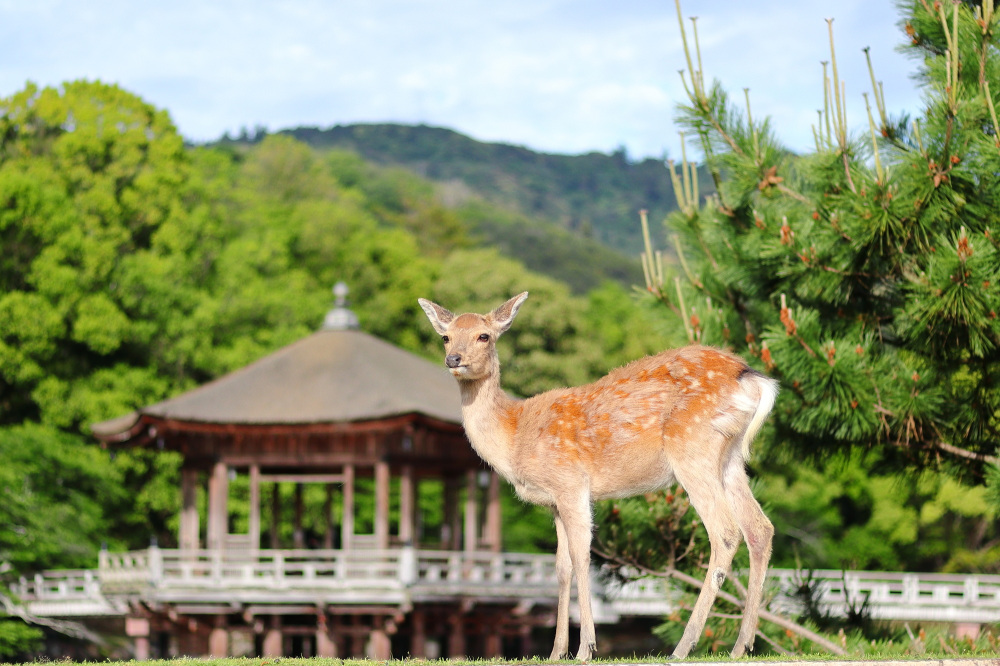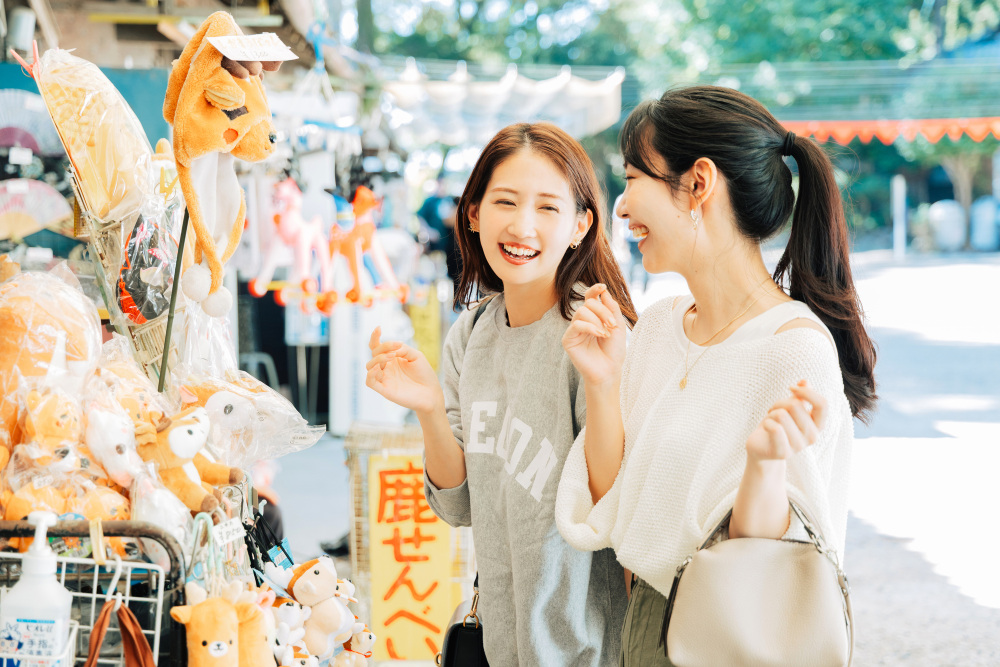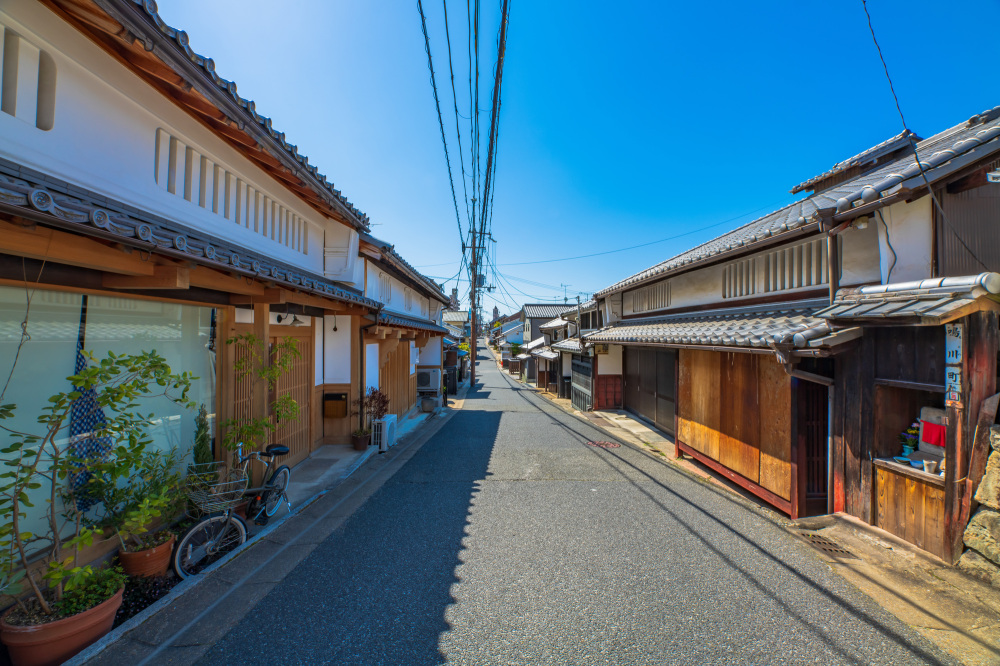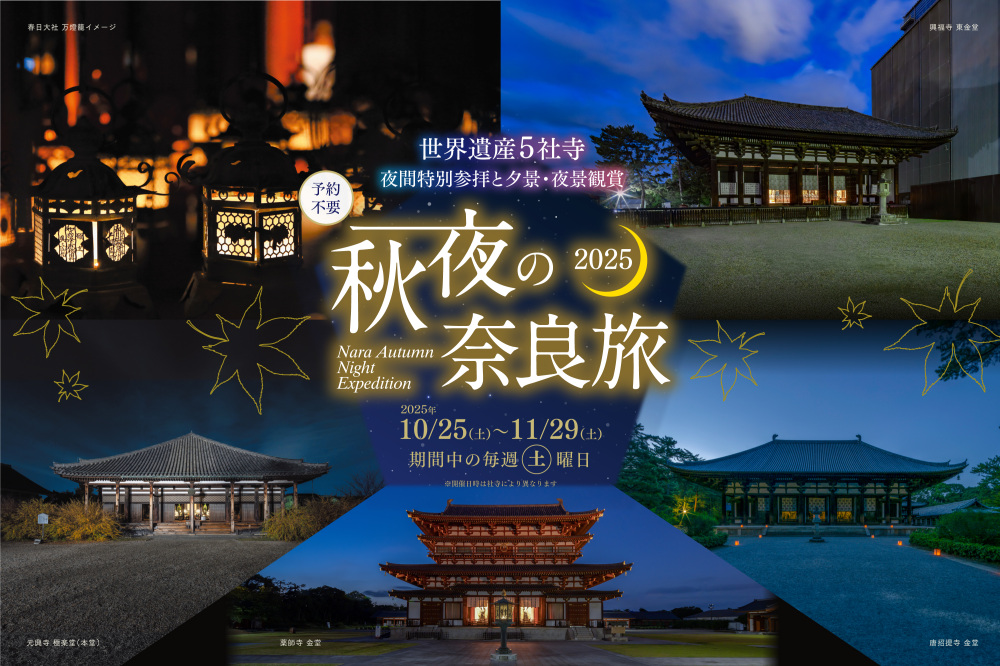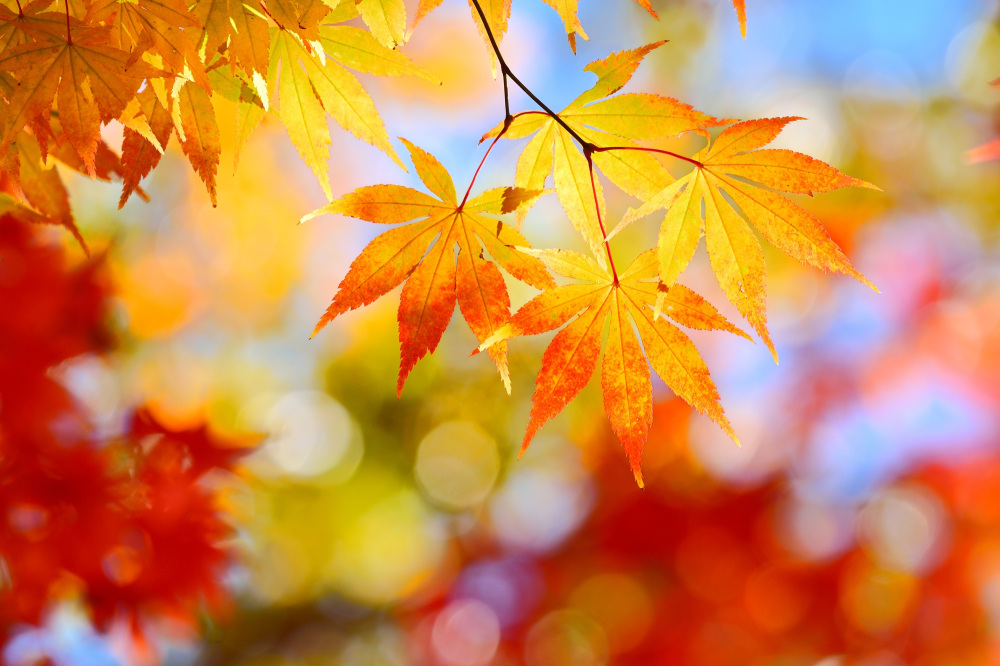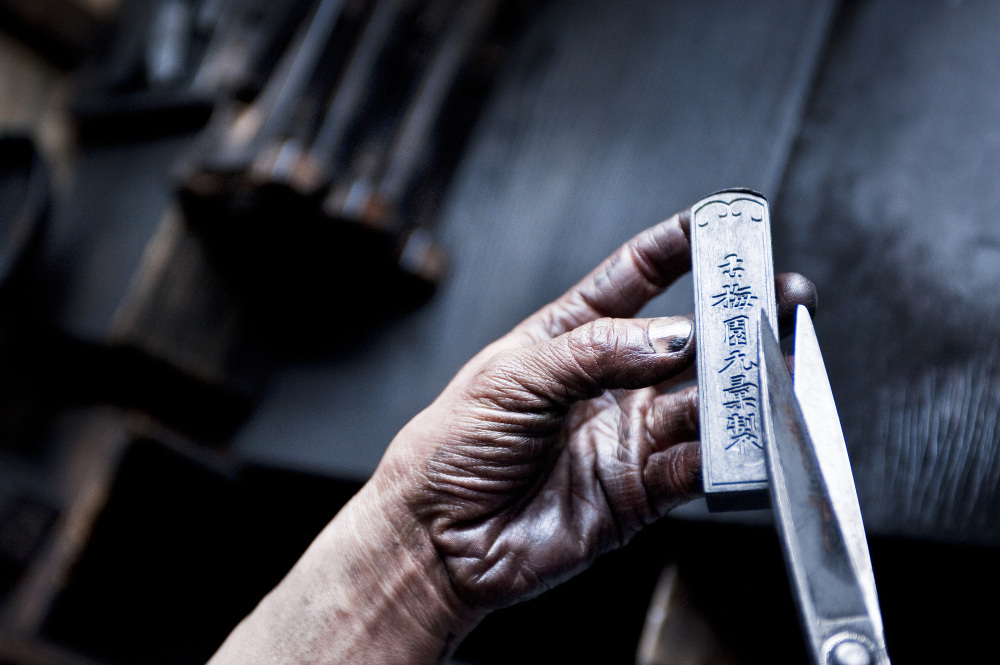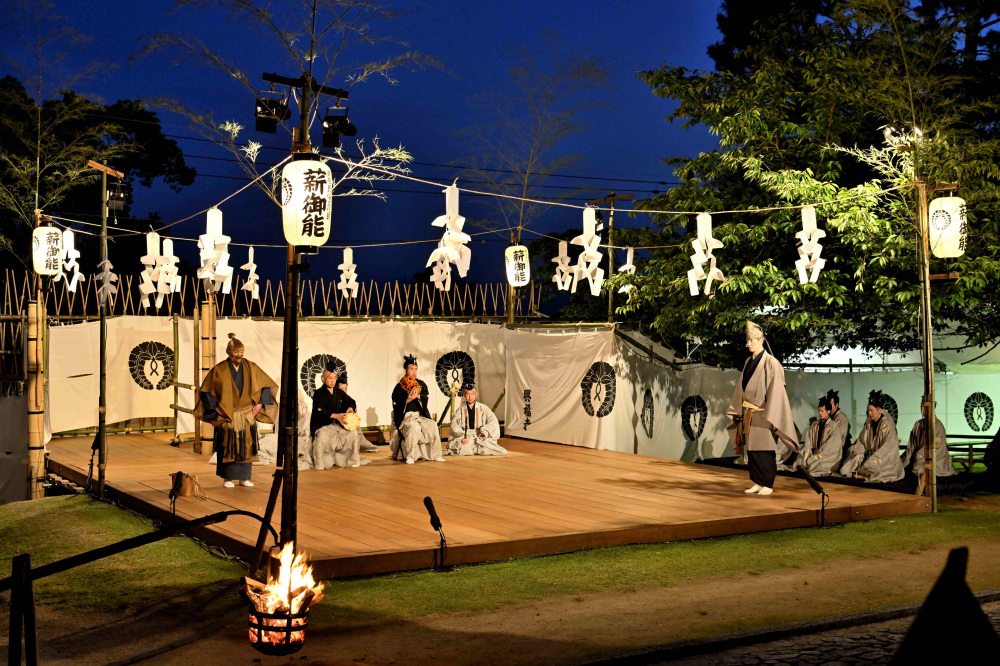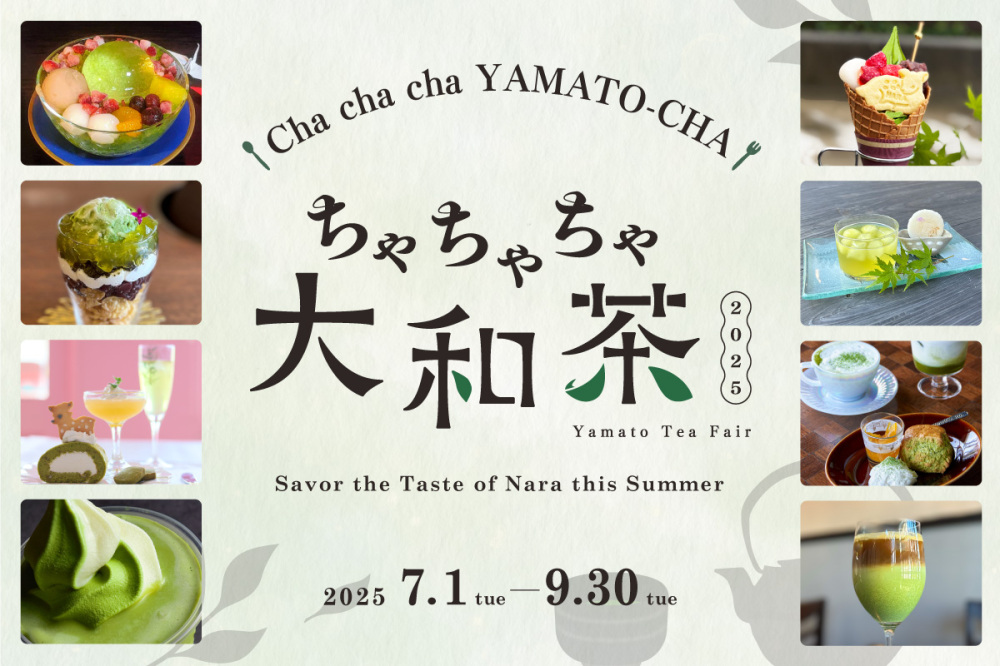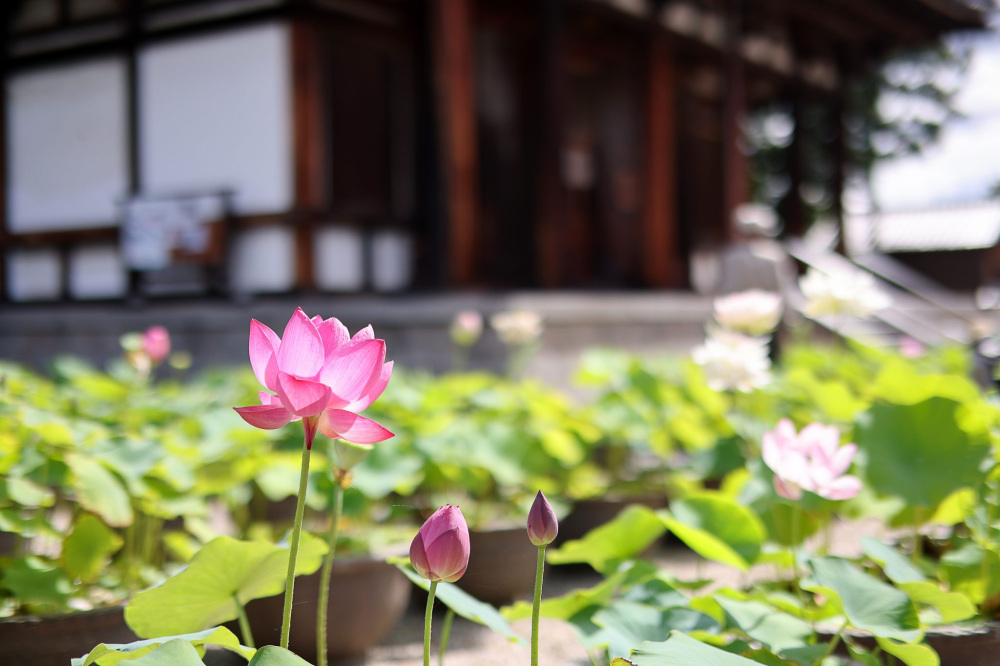Special feature on the proper etiquette to observe when visiting Shinto shrines and temples: What are the differences between temples and shrines? What must you avoid doing? This feature explains all these and more!
Nara has many Shinto shrines (jinja in Japanese) and temples (tera or ji in Japanese) designated national treasures and important cultural properties. Many sacred places are said to contain the power of gods and Buddhas. The differences between shrines and temples, such as their buildings and worship rituals, are not widely known. When visiting, it is important to offer gratitude for everyday blessings, be considerate of other worshippers, and observe proper etiquette. Take a tour of the shrines and temples where you can experience the history and culture while appreciating the spiritual atmosphere of Nara!
INDEX
- The history and features of Nara's Shinto shrines and temples
- What are the differences between a Shinto shrine and a temple?
- Proper etiquette to observe when visiting Shinto shrines and temples
- How to worship in a Shinto shrine
- How to worship in a temple
- Shinto shrines and temples registered under the Unesco World Heritage Site "Historic Monuments of Ancient Nara"
- Visit and worship in the crisp morning air
- Summary
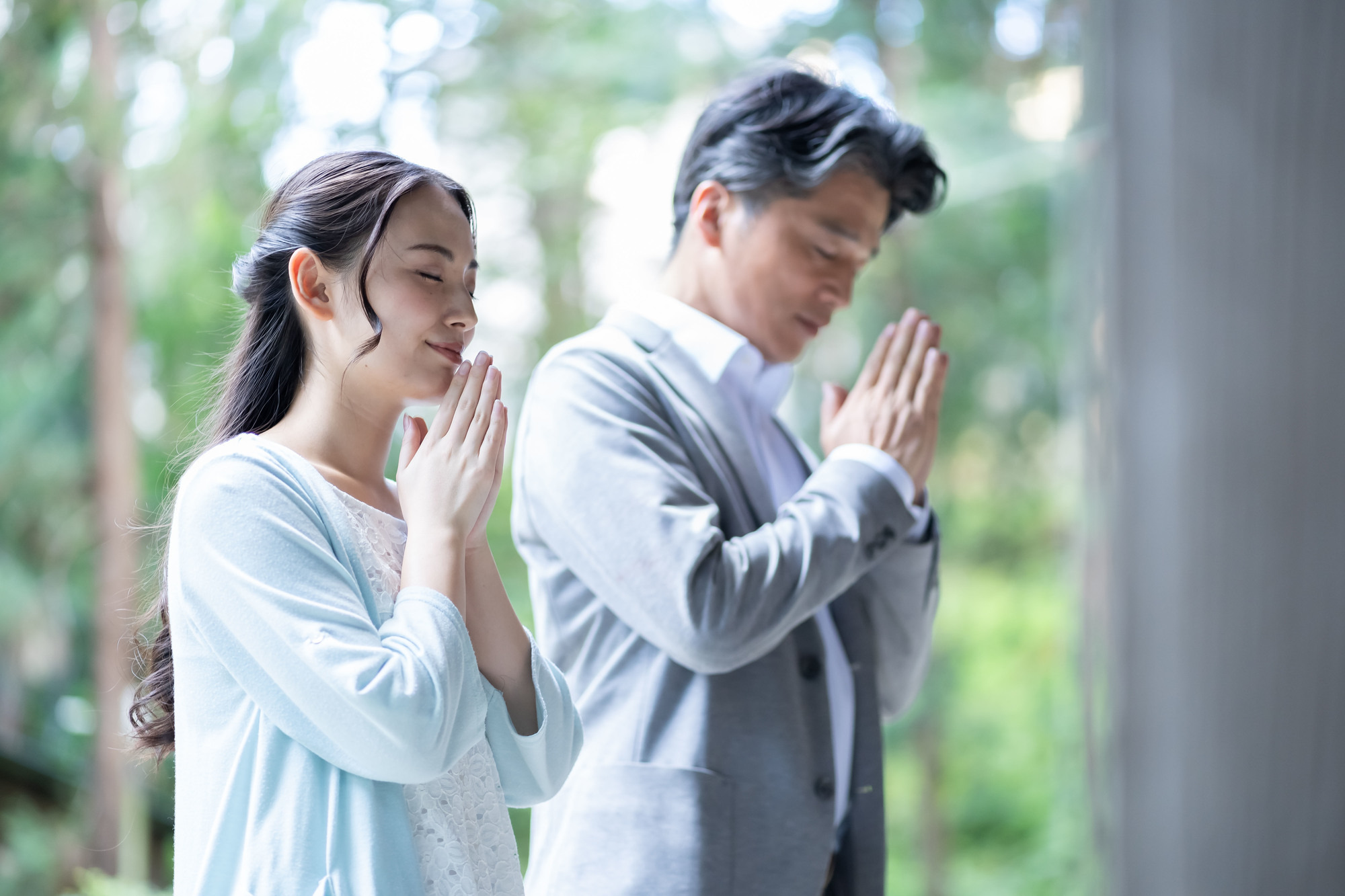
The history and features of Nara's Shinto shrines and temples
Many of Nara's Shinto shrines and temples were established in the 8th century when Nara was the state capital. Six of them (Todaiji Temple, Kohfukuji Temple, Kasugataish Shrine, etc.) were registered with Unesco World Heritage Sites in 1998. Many buildings and Buddhist statues are designated national treasures or important cultural properties. Many are also said to bestow specific blessings, such as matchmaking and warding off misfortune. This makes Nara the perfect place to immerse yourself in history and culture.
What are the differences between a Shinto shrine and a temple?
Shinto shrines are facilities of the Shinto faith, an ancient polytheistic religion that worships nature, land, spirits, and all beings as gods. Shrines have a torii (gate) at the entrance of a sando (approach) that leads to the honden (main hall), which is further back. A purification fountain is usually placed along this route.
On the other hand, temples are facilities of Buddhism where monks study the doctrines and undergo ascetic training. Temples generally have a sanmon (main gate) at the entrance and a hondo or kondo (main hall) where Buddhist statues are enshrined. Some temples also have a toh (pagoda), which symbolizes the grave marker of Buddha, the founder of the faith.
Therefore, the faith, architecture, and layout help you distinguish shrines and temples.
Proper etiquette to observe when visiting Shinto shrines and temples
First, please remember that shrines and temples are religious places, not sightseeing spots. Proper etiquette is essential. For example, leaving trash is inconsiderate, so take your trash when you leave.
Also, when you take photographs, please make sure you are not in an area where photography is prohibited and avoid including other people in your photograph. When visiting shrines or temples, it is important to follow each facility's prescribed route and rules. Please be considerate and do not disturb other worshippers, making it a pleasant experience for everyone.
Manners you should avoid at shrines and temples
Some basic practices and etiquette to observe when visiting Shinto shrines and temples;
Avoid clapping hands in prayer at temples (this is a worship style at Shinto shrines).
Do not step on the entrance threshold of the temple's sanmon gate or the shrine's main hall. This is a common Japanese practice when entering even ordinary houses. It is also important to avoid wearing revealing clothing and to have your hat and sunglasses off during your visit. After the visit and prayer, you can receive an omamori (lucky charm) and goshuin, a seal of certification for a visit. Observing these basic rules of etiquette is a sign of respect for belief and other worshippers, and it helps you enjoy a pleasant visit.
How to worship in a Shinto shrine
There is no strict rule about how to worship in Shinto shrines, but observing some basic etiquette helps ensure a pleasant visit. Relax and express your gratitude.
[1. Bow once upon entering the grounds]
The torii (gate) represents a sacred boundary. The domain of the gods is further inside. When passing through the gate, stand on either its left or right side, not the middle, and bow once. The middle is said to be the path for the gods, so try not to walk there.
[2. Purify your mind and body at chozusha]
Chozusha (purification fountain) is near the entrance. Here, you can symbolically purify your mind and body before visiting and praying. In this ritual, you scoop up water with a long-handled water scoop called a hishaku (ladle). First, clean your left and right hands, and rinse your mouth lightly with your left hand (not directly from the ladle). Finally, wash your left hand once more.
[3. How to worship]
The basics are summarized as "Bow twice, clap twice, and one bow before leaving". By this ritual, you can convey your gratitude to the gods.
How to worship in a temple
Worship practice at temples varies depending on the sect. The rituals introduced here are general practices.
[1. Bow once in front of the main gate]
At the sanmon (main gate), put your palms together in front of your chest (gassho) and take a bow. Gassho means that you are becoming one with the Buddha. Avoid stepping on the entrance threshold at the bottom of the gate.
[2. Wash your hands at chozusha]
When you enter the grounds, purify yourself by washing your hands and lightly rinsing your mouth at the chozusha (purification fountain). This is the same ritual as at a Shinto shrine.
[3. Worship]
When you arrive at the main hall (hondo or kondo), quietly put your osaisen (monetary offering) to express gratitude into the offering box. Even a tiny amount is meaningful. Face the Buddhist statue, stand up straight, and bow once with your hands put together as gassho style. It is important to be mindful that you are showing your face to the Buddha.
There may also be a corner where incense is lit, called a shokodai. Also a place for offering prayers. Place a small amount in a dedicated incense burner and light the incense. The number of times you do depends, but it is acceptable to do it just once."
Shinto shrines and temples registered under the Unesco World Heritage Site "Historic Monuments of Ancient Nara"
The City of Nara is an ancient city with a history of about 1,300 years and Japan's leading tourist destination with many Shinto shrines, temples, historical buildings, and cultural properties.
Nara City is also the capital of the Nara Prefecture, which is home to three UNESCO World Heritage Sites: "Buddhist Monuments in the Horyu-ji Area," "Historic Monuments of Ancient Nara," and "Sacred Sites and Pilgrimage Routes in the Kii Mountain Range."
The six shrines and temples featured below are particularly noteworthy places registered under "Historic Monuments of Ancient Nara" in 1998. They offer a profound experience of Japanese history and culture.
- Todaiji Temple
- Todaiji Temple, known for its "Daibutsu-san," or Great Buddha, is a representative temple in Nara, with an imposing appearance of the largest wooden structure in the world. This is a famous temple of the Kegon sect and was founded by Roben.
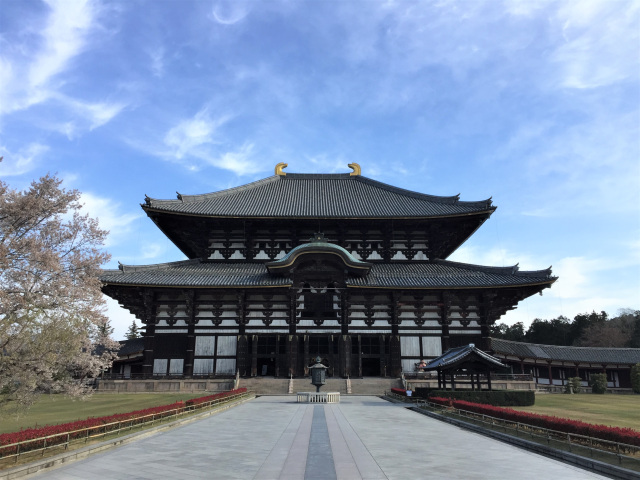
- See More
- Kohfukuji Temple
- The Kohfukuji Temple was one of the seven most prominent temples of the Nara era and a tutelary temple of the Fujiwara clan, the…
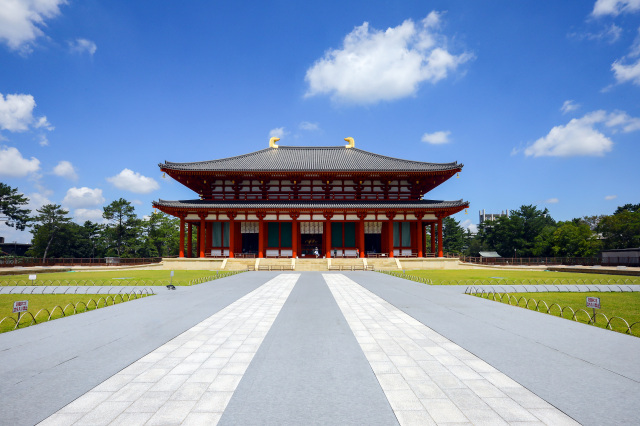
- See More
- Kasugataisha Shrine
- The Shrine lies in a primeval forest of cedars and a kind of Chinese black pines. The brilliant vermillon edifices are beautifully contrasted with their surrounding greenery. Going through the first and second Torii gates, you can see a lot of stone lanterns standing on both sides of the approach to the shrine.
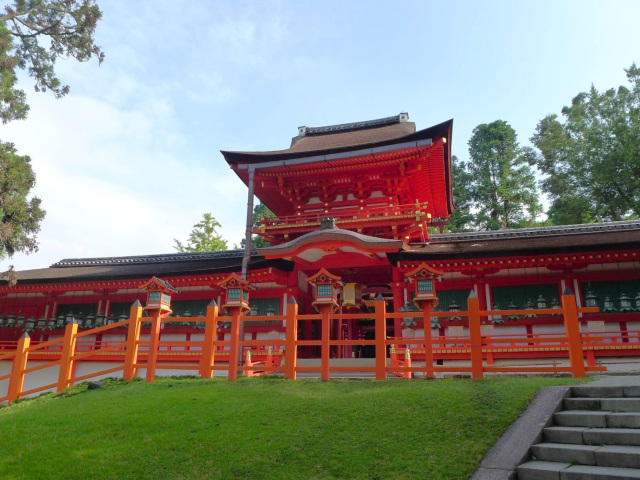
- See More
- Gangoji Temple
- Located in the heart of the Naramachi area, this temple is a must-visit destination for those walking in Naramachi. Its predeces…
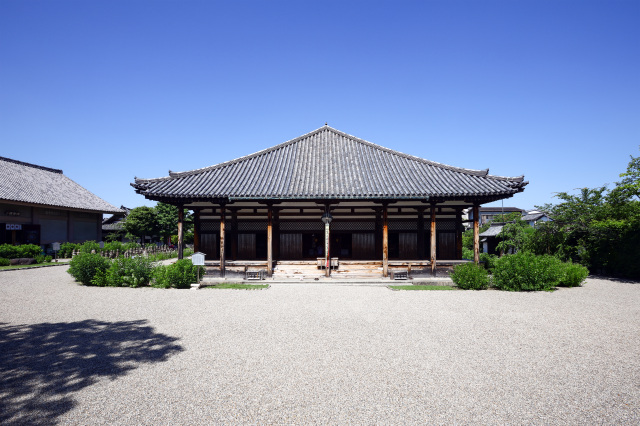
- See More
- Yakushiji Temple
- The establishment of the temple started in the 9th year of the Temmu era(680) with the wish of Emperor Temmu that Empress would recover from her illness. With the transfer of the capital to Nara, the temple was moved to the present site in the 2nd year of the Yoro era (718).
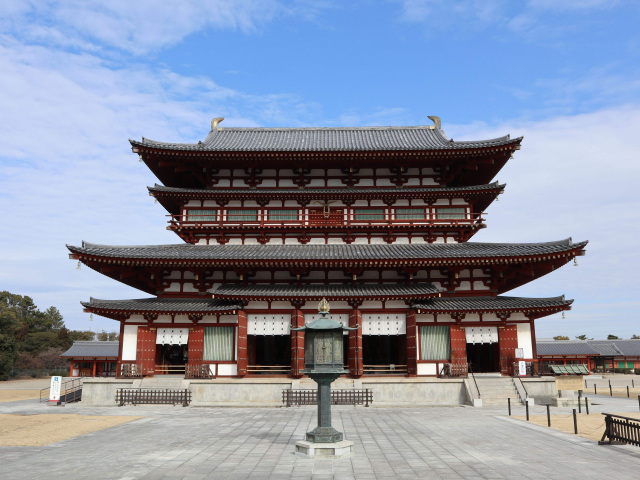
- See More
- Toshodaiji Temple
- This temple was founded in the 3rd year of the Tempyo era(759) by the Chinese Buddhist priest Ganjin Wajo, who, with the invitation of Emperor Shomu, came to Japan after going through all sorts of hardships.
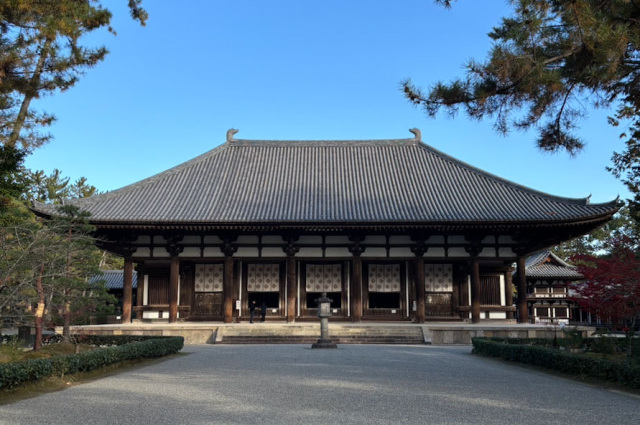
- See More
The World Heritage Site "Historic Monuments of Ancient Nara" is made up of eight locations: six Shinto shrines/temples, as well as a primeval forest, and an archaeological site
The World Heritage Site "Historic Monuments of Ancient Nara" includes not only the six Shinto shrines and temples but also Mt. Kasuga Primeval Forest and the Heijo Palace site, making it a total of eight World Heritage Sites in the same city. Nara's appeal lies in its historic streetscape, which is harmonious with nature. The city is a valuable cultural heritage that deeply links the past and present.
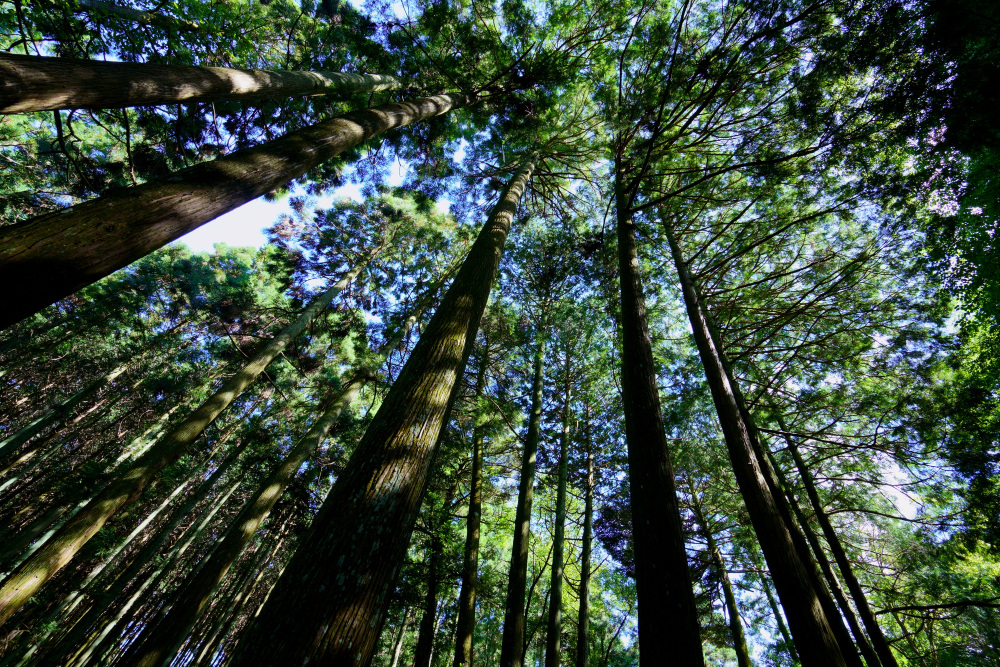
- Yamatokoku Tomiyama Bikou Ryosenji Temple
- Located northwest of Nara City, Ryosenji Temple has numerous important cultural properties, including the Hondo (main hall), a designated national treasure, and a vast rose garden.
What is unique is that various guest rooms are available to accommodate small to large groups. In addition, there is a bath facility where you can enjoy taking yakuto (medicinal baths) containing eight types of natural ingredients. Lodgers can partake in the morning religious service in the hondo. 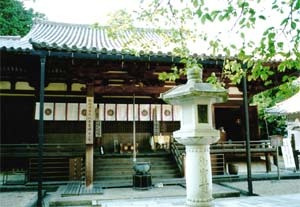
- See More
- Kouninji Temple
- Located high on a small forested hill, Kouninji Temple serves shojin ryori (vegetarian cuisine derived from the dietary restrictions of Buddhist monks). made with seasonal ingredients. People may think of vegetarian meals as light, but they are actually hearty and satisfying. In the evening, you can warm your body thoroughly in a wood-fired Goemonburo bath while taking the time to reflect on yourself surrounded by the beautiful seasonal nature such as fresh greenery or autumn leaves. The shukubo is closed irregularly, so it is advisable to check in advance if you plan to visit.
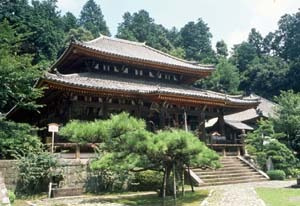
- See More
Visit and worship in the crisp morning air
Early mornings are a time when you can avoid the daytime crowds and enjoy a quiet and pleasant visit. The gohonsha (main hall) of Kasugataisha Shrine is open from 6:30 a.m. from March to October and from 7:00 a.m. at other times of the year. Jurin-in Temple also holds morning training (gongyo) daily, and monks' daily work experiences (samu) calm participants' minds. Combine this, with an early morning walk in Nara Park or the Mt. Kasuga Primeval Forest, and this will calm your mind and body perfectly.
Summary
Historical Shinto shrine and temple events, which are well-known nationwide, are held in Nara throughout the year and are deeply rooted in the local community's life.
Seals after worshipping, the experience of sutra copying, and morning training at temples are popular activities among tourists. Other must-sees include the public unveiling Buddhist statues that are not normally shown. We hope you relax your mind and body and spend precious moments here in Nara, the city of prayer and healing.
